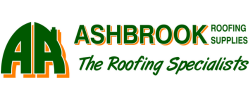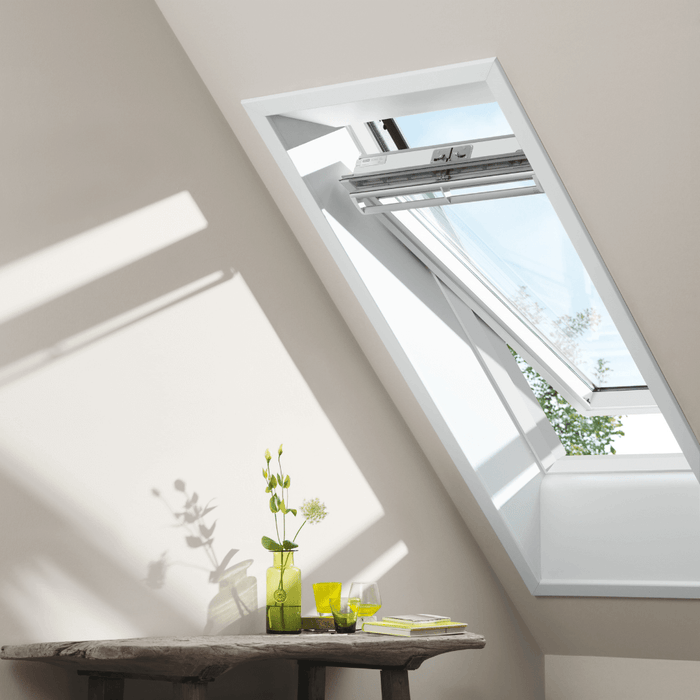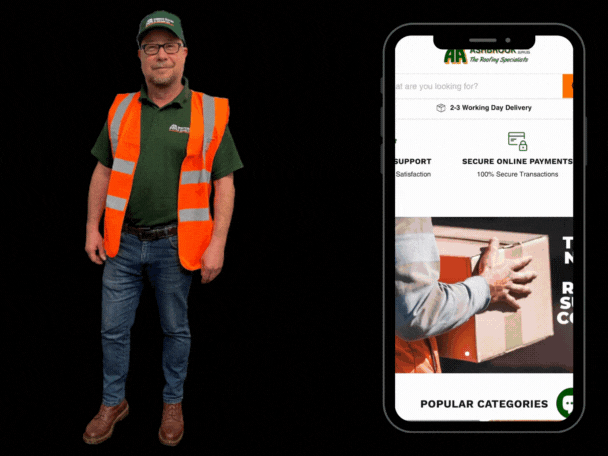Removing the moss from your roof is a topic that is widely debated. Does it do more damage to leave the moss growing on your tiles or does removing it harm your roof even more?

Why is Moss Bad for Roofing?
Moss and algae tend to grow in damp, shaded areas and can cause damage to your roof both directly and indirectly. If you allow large patches of moss to grow on your roof, these patches hold water against the surface of the roof, which can cause the roofing materials to rot. In addition, the water trapped by the moss pools in gaps between your roof’s tiles, and as that water freezes and thaws it can pull the tiles apart, causing even more damage!
If you’re thinking about getting someone in to clean your roof for you, or you’re going to give it a go yourself this weekend, think about the following points before climbing that ladder…
Structural Issues
Roofs are not designed to hold the weight of a person or to be walked on. Many roof cleaning companies will state that they need to actually send someone up onto the roof in order to remove the moss. This can actually do more damage than it’s worth. Broken tiles and the risk of injury are just a couple of reasons why you should never stand on your roof. If you need to clear your gutters or retrieve something from your roof, always use a ladder and never over-reach. You could end up doing more damage to yourself than good to your roof.
Chain Reaction
Some cleaning chemicals can cause adverse reactions to materials such as lead flashing. This can result in staining on both the lead itself as well as other parts of the roof. Professional roof cleaners will use specialist products that reduce the risk of this happening.

Cleaning a roof with a low-pressure washer will reduce damage
It’s All About The Tiles
Whilst a mossy roof might not be aesthetically pleasing, you could end up in a lot more trouble should you decide to remove the spongy green invader from your roof tiles. When moss grows in, under and around your roof tiles, it actually acts as a filler; packing out any gaps and plugging the spaces. Destroy the moss and those tiles that were previously held up by it are likely to settle back down in an awkward way. This could result in a roof that isn’t watertight, leading to bigger problems down the road.
If you still can’t bear the sight of your mossy roof, consider this:
A Fairy Tale Look
Some people like the rustic look that mossy roofs create. This look can be particularly attractive for period properties. If you have a steeply pitched roof, and the weather is generally warm for most of the year, you might decide that the minor risk of shortening the lifespan of the roof is worth it for the attractive, fairy-tale look.

Cottage with moss on the roof
Moss and Biodiversity
Green, or “living” roofs are popular in eco-friendly communities. Growing moss, grass or plants on your roof is a good way to cut down on heating costs (thanks to the insulating properties of the moss), and also improve biodiversity. If you allow local moss, algae and flora to grow on your roof then you are providing a habitat for local insects and animals.
If you are interested in encouraging biodiversity in your area, consider creating a proper living roof, rather than simply allowing moss to grow on your existing tiles. A properly designed living roof is waterproof and has a root barrier that prevents the surface of your roof from becoming damaged. Larger “living” roofs are also reinforced, to ensure that they can cope with the extra weight from the water, soil and plants.
At the end of the day, leaving the moss on your roof will damage the tiles ever so slightly, but removing the moss could cause other issues. The best thing you can do if you’re considering removing the moss from your roof is talk directly to a professional roof cleaning business that use 'soft wash'. They should ensure that the cleaning is undertaken without the risk of additional damage and completed to a high standard. Always ask for examples of previous work as well as evidence of insurance from the contractor prior to work starting.
Reputable Roof Cleaning businesses are likely to be a member of a trade organisation and we recommend considering this when choosing someone to complete the work for you.
Finally, A Note on Safety
Cleaning a roof requires specialist equipment. If you do not have the right kind of ladders, safety harnesses or anchors, do not attempt to work on your own roof.
If you are not sure how to clean a roof safely, or what kind of roofing supplies you will need to fix damaged tiles or slates, then you should seek professional help. Working at a height is dangerous, and if you damage your roof it could be expensive to repair it. If damage to tiles or shingles goes undetected, you could end up with a problem that affects other parts of your home.
The chemicals used to remove moss from roofs can be harmful to plants and small animals. If you do choose to clean your roof with chemicals, cover large plants with a waterproof sheet before starting, and soak the root areas around any shrubs and trees before and after the cleaning process, to minimise any damage to the plants.
If you need any further advice on removing moss from your roof please contact us at customerservices@ashbrookroofing.co.uk or visit https://ashbrookroofing.co.uk and we will be happy to help.
You may also like:













